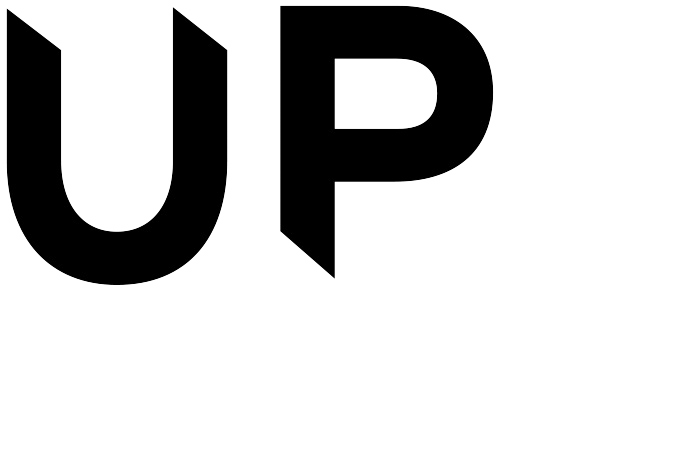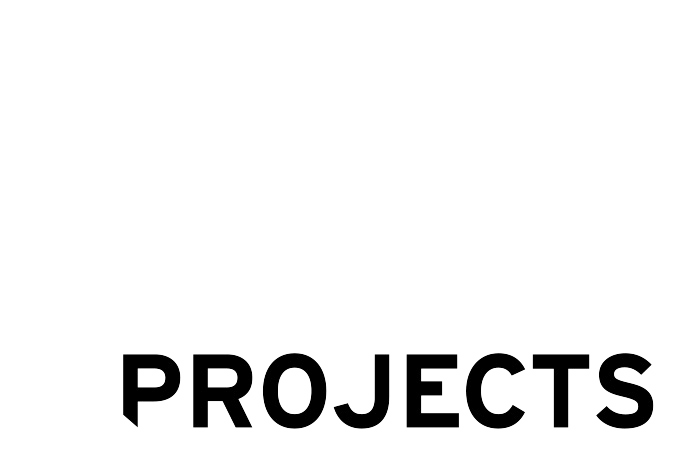UP Projects commissioned Shezad Dawood to create a major new Virtual Reality work, The Terrarium that imagines the future of a connected Baltic and Kent Shoreline. The Terrarium was first shown at Kai Arts Center in 2020 before being part of Creative Folkestone Triennial in 2021.
The Terrarium situates audiences 300 years in the future, where the surface of Planet Earth is 90% water. Having gone through a series of complex genetic splicing programmes, the viewer is now modified into a sophisticated cephalopod hybrid and released from an experimental laboratory facility into the open seas to explore their surroundings. Incorporating site-responsive references to both the Kent and Estonian coastlines, this immersive experience blends scientific prediction and science fiction to highlight the implications of climate change for our marine ecosystems, and the consequences of rising sea levels for all forms of life.
For Creative Folkestone, The Terrarium was presented as part of an immersive installation of the same name at the Sassoon Gallery, Folkestone’s Central Library. The VR was accompanied by a new wall painting that references the sound mirrors that punctuate the Kent landscape and signal a motif of listening: audiences are sonically immersed in Shifter: The Terrarium Triad, a new musical score by British composer Graham Fitkin. Fitkin used aquatic environmental recordings alongside guitars, harps and moog synthesisers to explore the “shifting baseline syndrome”. This theory suggests each generation makes an unconscious shift in expectation of what a healthy ecosystem looks like and explores our difficulty in perceiving how ecological, cultural, or behavioural norms change over time. The score merged environmental sounds and more conventional musical instruments, alongside an interview with marine biologist, Professor Daniel Pauly from Vancouver University, who has explored the concept of shifting baselines.
The exhibition also featured Hybrid I, a sculpture that emerged from Dawood’s ongoing correspondence with ecological geneticist and coral specialist Professor Madeleine van Oppen. Based at the Australian Institute of Marine Science (AIMS), Professor van Oppen has been pioneering coral hybridisation in order to develop more resilient coral species that can withstand rising temperatures and ocean acidity - the main causes for the bleaching that has devastated coral reefs across the world. The sculpture reproduces the tenuis loripes hybridised species and glows in the dark, at once reflecting the UV conditions of Professor van Oppen’s lab and mimicking coral reef phosphorescence in the ocean.
The Terrarium was complemented by AnthropoPangaea, an interactive map presenting a version of the earth that refuses a colonial logic, while merging science with fiction to bring audiences of all ages closer to some of the planet's strangest inhabitants. AnthropoPangaea is commissioned as part of UP Projets’ digital commissioning programme, This is Public Space. The interactive map is still accessible via the UP Projects website.
Dawood is well known for Leviathan, a major five-year multifaceted project that looks at the relationships between three of the most urgent issues of our time: climate change, migration and mental health. The project originally launched at the Venice Biennale in 2017 and comprises a ten-part film, VR trilogy, sculptures, painting, neon and an expansive public programme bringing together scientists, philosophers, activists, anthropologists, futurists, oceanographers and paleoclimatologists. Now halfway to completion with six film episodes and the second VR work complete, Leviathan has been exhibited at ten international institutions, with a further 11 forthcoming.
The Terrarium was first shown at Kai Art Center in Estonia in 2020 before premiering in the UK at Creative Folkestone Triennial.
The Terrarium by Shezad Dawood (2020) was curated and commissioned by UP Projects for Creative Folkestone Triennial 2021 and Kai Art Center and was supported by CUPIDO, a project co-funded by the European Union, Arts Council England and Tallinn Culture Department. Courtesy of UBIK Productions. VR, duration variable, (featuring parts of Anthropocene Island TAB17 by ecoLogicStudio and excerpts from The Terrarium Inventory by Graham Fitkin).
The UP Podcast
Over the course of two episodes The UP Podcast will take an in-depth look at two of UP Projects most recent commissions – The Terrarium by Shezad Dawood and Gut Feelings Meri Jaan by Jasleen Kaur – exploring the themes, processes and implications surrounding these artworks through the voices of the artists themselves and those they have collaborated with.
Find out more about the themes, processes and implications surrounding The Terrarium by listening to Episode One of The UP Podcast. This episode features a conversation between Shezad Dawood and journalist and critic, Hettie Judah alongside the voices of British composer, Graham Fitkin and marine ecologist at the University of Plymouth, Dr Louise Firth.
About Shezad Dawood
Shezad Dawood works across disciplines including film, painting, neon, sculpture and, more recently, virtual reality to deconstruct systems of image, language, site and narrative. Using the editing process as a method to explore both meanings and forms, his practice often involves collaboration and knowledge exchange, mapping across geographic borders and communities. Through a fascination with the esoteric, otherness and science-fiction, Dawood interweaves histories, realities and symbolism to create richly layered artworks.
Dawood was born in London in 1974 and trained at Central St Martin’s and the Royal College of Art before undertaking a PhD at Leeds Metropolitan University. Dawood is Senior Research Fellow in Experimental Media at the University of Westminster. He lives and works in London.
About Creative Folkestone Triennial
Folkestone Triennial is the flagship project of Creative Folkestone and the largest exhibition of newly commissioned work presented in the UK. Artists are invited to use the town as their gallery, utilising public spaces to create striking new art that reflects issues affecting both the town and the wider world. Four Triennials have taken place attracting more than 440,000 visitors. Artists commissioned include Cornelia Parker, Christian Boltanski, Jeremy Deller, Martin Creed, Mark Wallinger, Cristina Iglesias, Richard Wilson, Andy Goldsworthy and AK Dolven.
Since its inception in 2008 (with Andrea Schlieker as the curator), Folkestone Triennial has rapidly established itself as a significant event in the international calendar of recurring art exhibitions. It has done so by being one of a small number of contemporary art exhibitions that set out to have an effect beyond the art programme itself, changing the character of the place in which they occur. These exhibitions create a spirit of place through their collection of artworks, through changes to the physical environment and especially through changes in the thinking of the communities with which they work. In doing so, they transform a village, a town, a city, a community.
About Kai Art Center
Kai Art Center is the cultural heart of the seaside Noblessner harbor complex in Tallinn, Estonia – a fascinating melange of regional history, period-tinged architecture, and modern art and culture. In a century-old former secret submarine plant, visitors will encounter captivating and thought-provoking exhibitions, art, and cinema, four cafés and restaurants, a joint office for cultural organizations, and various venues for hosting events both in Kai’s interior spaces and outdoor sea view areas.
Kai Art Center aims to create an experience-filled cultural quarter that brings the contemporary art experience even closer to the public. Kai brings together artists, art and culture professionals, guests, and aficionados. We consider it important to promote Estonian contemporary art both at home and abroad, and we create ways to expand Estonian artists’ horizons by providing working and exhibition space as well as through international artist-in-residence programs.






